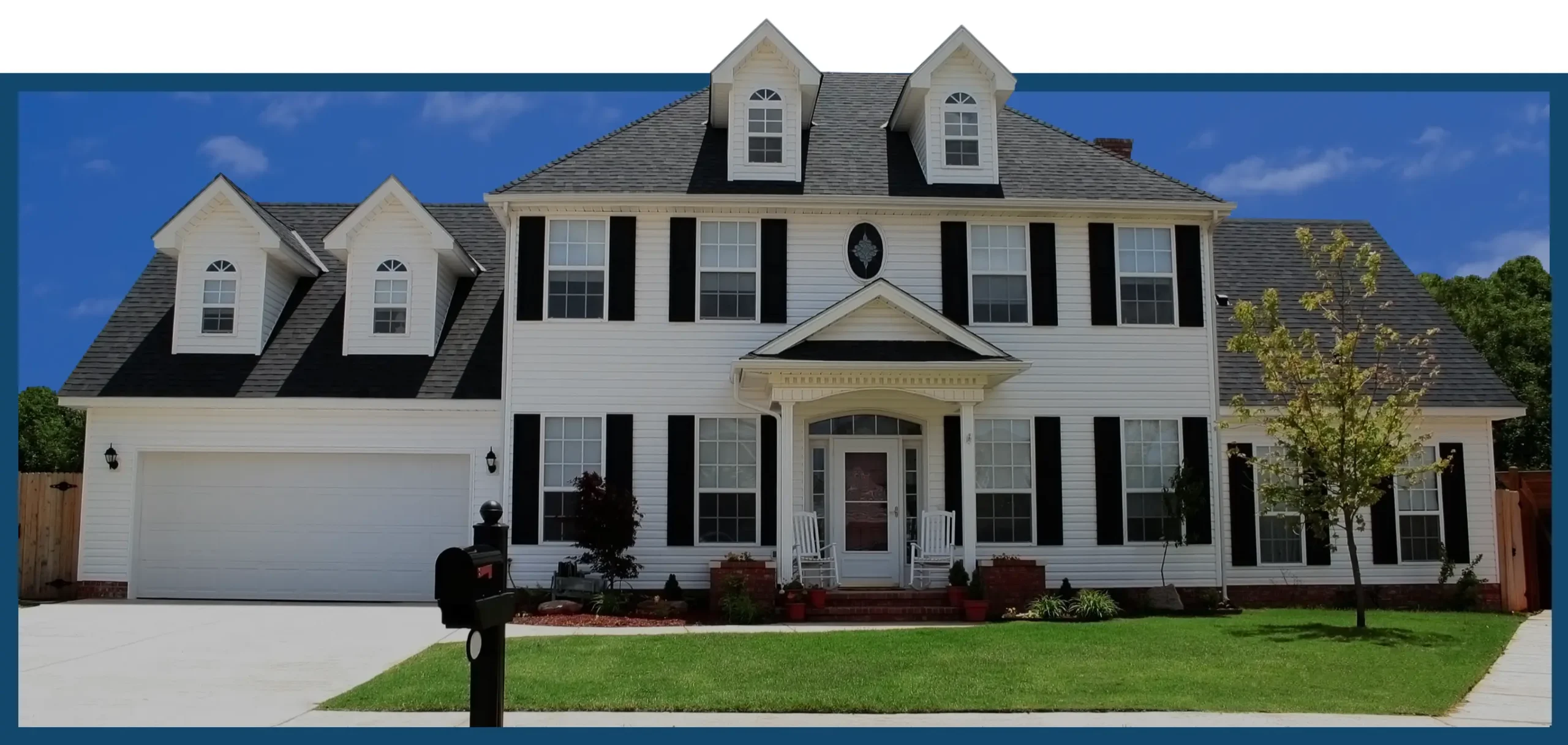
FAQs
Frequently Asked Questions
What is a home appraisal?
A home appraisal is a professional, unbiased estimate of a property’s market value. It is conducted by a licensed appraiser who evaluates the home’s condition, location, and recent sales of comparable properties to determine its worth.
When do I need a home appraisal?
You may need a home appraisal in several situations, including:
- Buying or selling a home – To ensure the property is priced fairly.
- Refinancing your mortgage – Lenders require an appraisal to determine your home’s value.
- Estate planning or settlement – To establish the property’s worth for inheritance or tax purposes.
- Divorce settlements – To fairly divide property assets.
- Property tax appeals – If you believe your home’s assessed value is too high.
- Hard money or investment lending – To assess the property’s value before securing a loan.
How much does it cost to get my home appraised?
The cost of a home appraisal varies based on several factors, including:
- Type of appraisal – A desktop appraisal (based on market data and comparable sales) or a full appraisal (which includes an in-person property inspection).
- Property type – Single-family, multifamily, or unique property.
- Land complexity – Features like lakes, pools, or extensive acreage can affect pricing.
- Availability of comparable homes – Limited sales data in the area can increase complexity.
- Market conditions – High demand can influence costs.
In general, our appraisal services start at $350, with final pricing depending on these factors. Contact us for a personalized quote.
Is Zillow an accurate source of a home’s appraisal?
Our short answer: No. Zillow’s home value estimates, known as “Zestimates,” are based on public records and automated data, which can be outdated or inaccurate. Unlike a professional appraisal:
- Zillow does not inspect the home’s condition, updates, or unique features.
- Their data may not account for recent renovations or market trends.
- The accuracy varies by location—some areas have less reliable data than others.
For an accurate home valuation, a licensed appraiser provides a detailed, property-specific analysis that Zillow cannot.
What happens during a home appraisal?
A home appraisal involves a professional visit to your property, where the appraiser will:
- Inspect the home – Evaluating its condition, layout, and features.
- Measure square footage – Ensuring accurate living area calculations.
- Check recent sales data – Comparing your home to similar properties in the area.
- Assess market trends – Analyzing supply and demand in your neighborhood.
- Prepare a detailed report – Providing an unbiased estimate of your home’s market value.
What is checked during a home appraisal?
During the appraisal, we assess:
- Interior and exterior condition – Structural integrity, layout, and finishes.
- Home improvements – Renovations, upgrades, or additions.
- Functional layout – Flow and usability of the space.
- Comparable home sales – Similar properties recently sold in the area.
- Neighborhood and location – Proximity to amenities, schools, and local trends.
Home Appraisal Tips
To ensure a smooth appraisal process and potentially maximize your home’s value:
- Give full access – Ensure the appraiser can enter every room, including attics, crawlspaces, and utility areas.
- List home improvements – Provide a document detailing upgrades, such as kitchen remodels, new flooring, or HVAC replacements.
- Fix minor repairs – Addressing small issues like leaky faucets or chipped paint can make a difference.
Do you measure individual rooms?
No, we don’t measure each room separately. At TAG, we calculate the Gross Living Area (GLA)—also known as heated square footage. This method gives a consistent and accurate reflection of a home’s size and value.
Does the number of bedrooms matter?
After three bedrooms, we typically shift our focus to the GLA rather than bedroom count. Why? Because rooms can serve different purposes—think home office, playroom, or bonus room. GLA offers a more concrete and objective measurement than trying to define each space individually.
Does landscaping add value?
Yes, but with some nuance. Landscaping can enhance curb appeal, which may positively influence a buyer’s perception and indirectly support a higher value. However, it’s typically not given a specific dollar value in an appraisal unless it’s part of a larger, high-end improvement (like outdoor kitchens or custom hardscaping).
What does above grade vs. below grade mean?
This refers to the level of the home in relation to the ground:
Above Grade: Finished living space that’s completely above the ground level—this is included in the GLA.
Below Grade: Areas like basements or daylight basements. Even if finished, they’re not included in GLA, but we do still consider them and add value where appropriate.